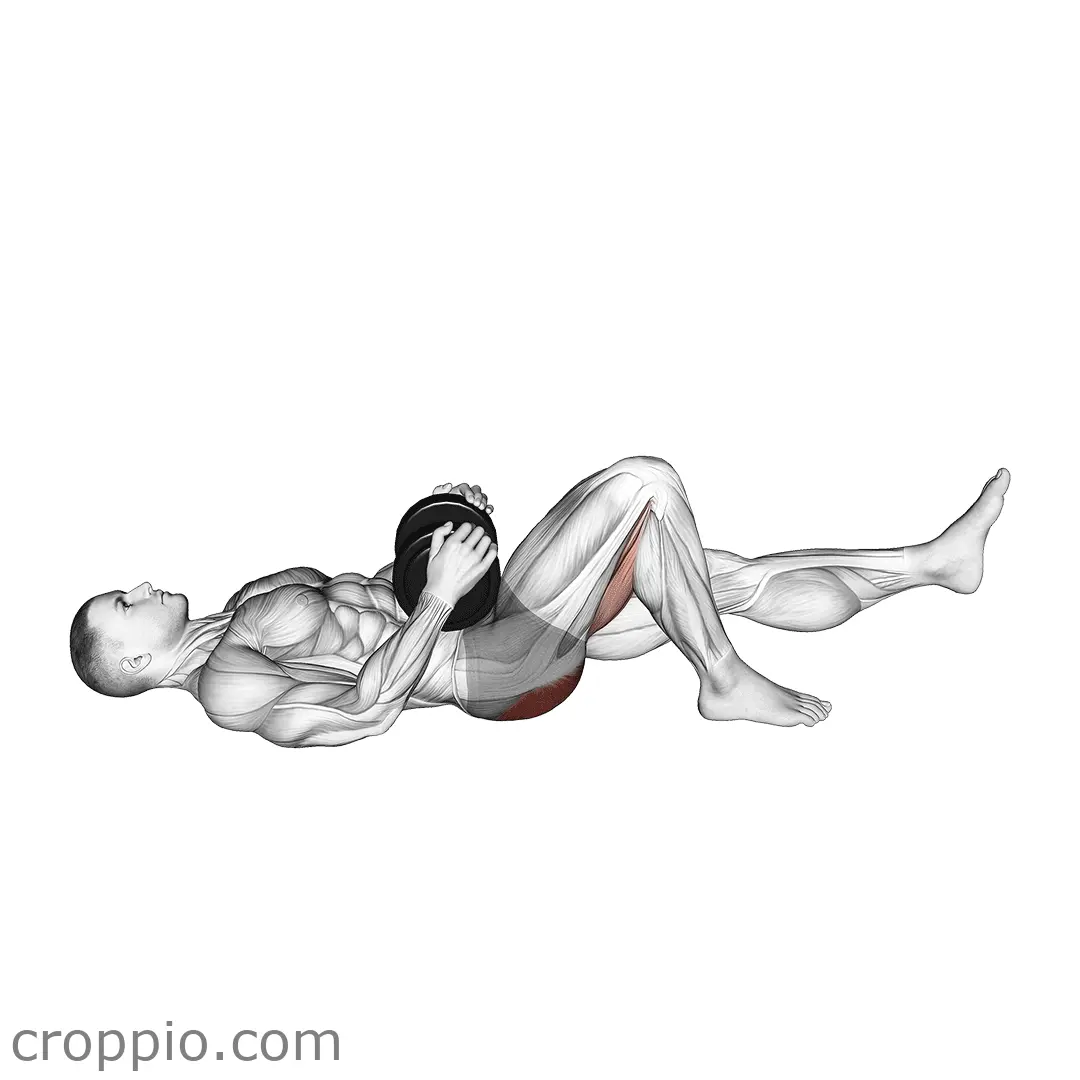Conventional Single Leg Squat Muscles

Muscles Involved
The conventional single leg squat is an effective functional exercise that primarily targets the quadriceps, hamstrings, and gluteus maximus. As you lower the body into the squat, the quadriceps work hard to extend the knee, while the hamstrings help control the descent and stabilize the movement. The gluteus maximus plays a critical role in hip extension and helps maintain proper alignment and balance throughout the exercise. Secondary muscles engaged include the calves (gastrocnemius and soleus) for stability, the core muscles for maintaining balance, and the adductors for stabilizing the leg.
Top Mistakes
- Letting the knee cave inward: This can lead to knee injuries and decreased effectiveness of the exercise.
- Not maintaining a straight back: A rounded or excessively arched back may increase the risk of injury.
- Not going low enough: Failing to lower your body sufficiently often means you miss out on full muscle engagement.
- Using momentum: Relying on speed or bouncing can compromise form and lessen the benefits of the exercise.
Execution Tips
- Start by practicing with a stable surface or hold onto a wall or chair for balance.
- Begin with your feet shoulder-width apart, then shift your weight onto one leg as you lift the opposite leg off the ground.
- Keep your knee aligned with your toes and avoid allowing it to drift inward.
- Press your hips back and bend your standing knee, lowering your body as far as your flexibility allows while keeping a neutral spine.
- Push through your heel to return to the starting position, maintaining control throughout the movement.
Workouts
Incorporate the conventional single leg squat into your workout routine by performing 3 sets of 8-12 repetitions on each leg, resting 30-60 seconds between sets. This exercise can be complemented with other lower-body workouts, such as lunges and traditional squats, to build overall leg strength. Additionally, incorporate core exercises like planks or bird dogs to enhance stability and balance, creating a well-rounded approach to functional fitness.
Conclusion
The conventional single leg squat offers a multitude of benefits, including enhanced leg strength, improved balance, and increased mobility. As a functional movement, it mirrors everyday activities, making it practical for overall fitness and injury prevention. By refining form and incorporating this exercise into your routine, you can achieve stronger, more resilient lower body muscles.



